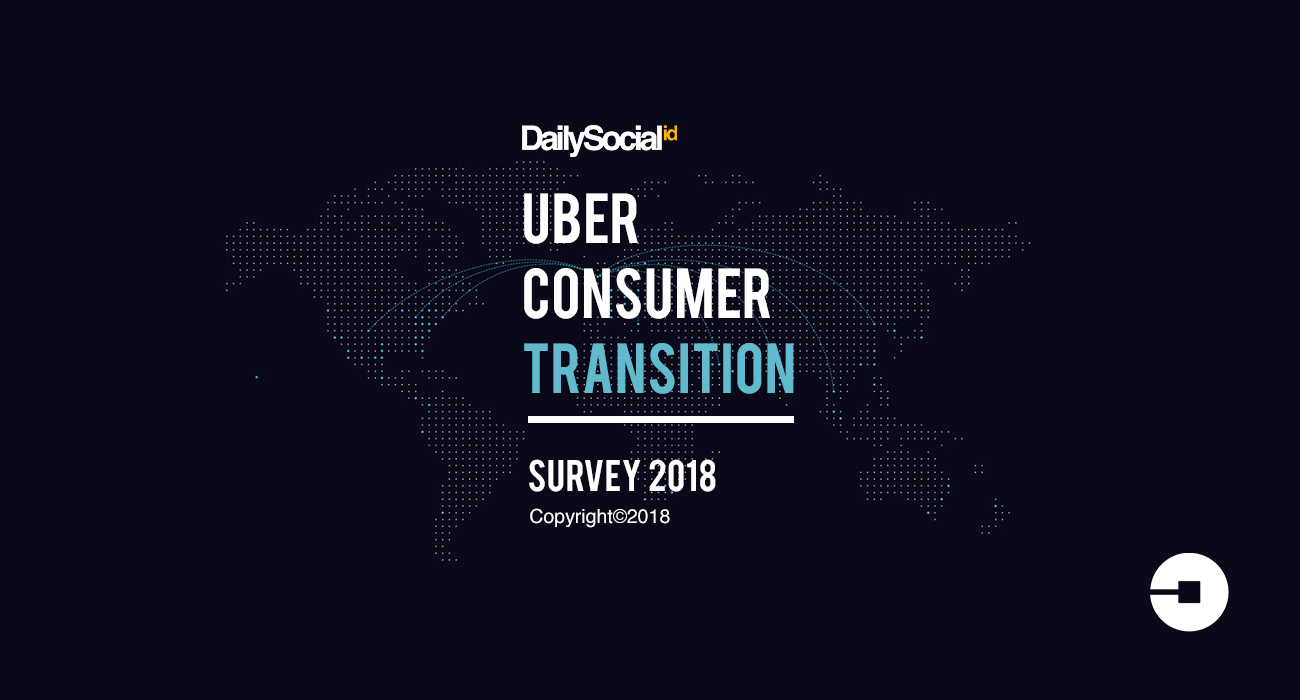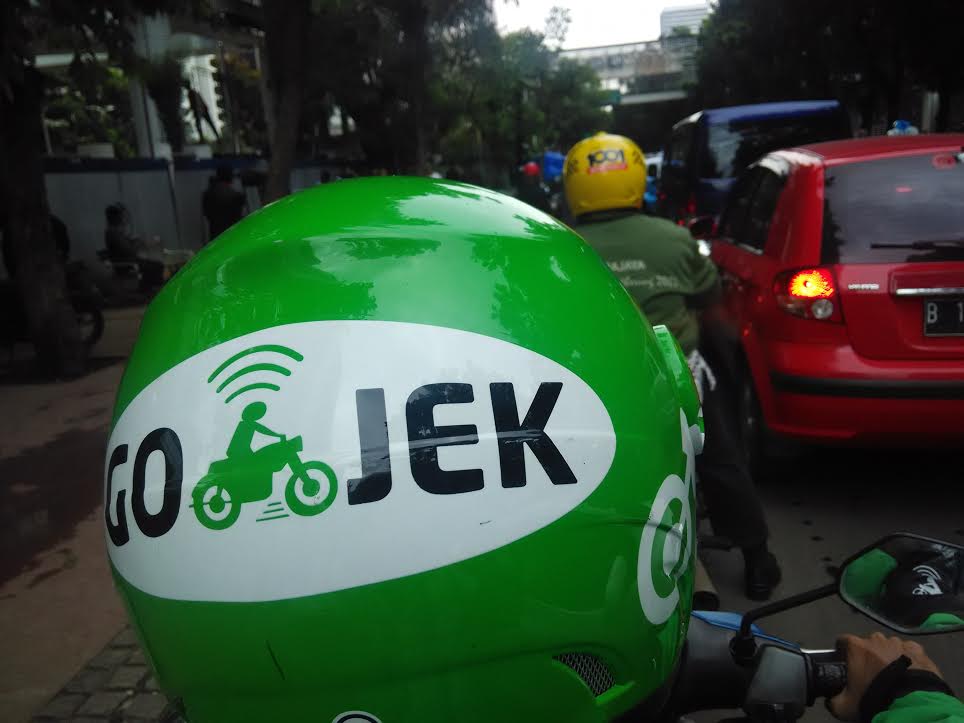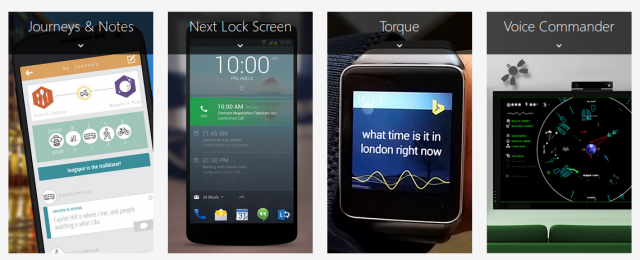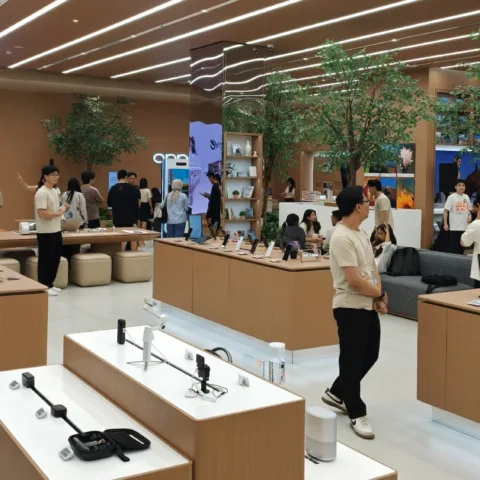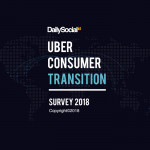Last night as I was about to head home I launched the Uber app as usual and noticed this pop up on my screen. While Uber has yet to make any announcement of surge pricing being implemented in Jakarta, the company did mention during the launch in July that it was coming, though Uber representatives declined to give a specific date or period.
Uber’s surge pricing is a mechanism whereby it raises the cost of rides from particular areas during times where demand for Uber cars are higher than it can handle. How much does it raise the price by? It depends on the demand/supply ratio. It could go from as little as 10% higher to nearly 10 times higher as this Los Angeles resident discovered recently.
For those familiar with Jakarta’s ojeks (motorcycle taxis) this is similar, except ojek pricing works with a different mechanism called “charge as they please any time” which applies even more so when you’re a foreigner or simply not familiar with their regular arbitrarily imposed fees.
The rate rise I saw last night was 25% more than its standard rate. Uber raises rates across the pricing components, which means that as the image shows, it’s a 25% increase on minimum fare, on fare per minute, and per kilometer, but you can just as well multiply the standard final fare by the percentage rise. What it didn’t show though is whether it raises the base fee for car rental but let’s assume that it does.
So for example, a 1 hour ride over 30 kilometers which would normally cost Rp 122,500 would end up being Rp 153,156.8. How? Here’s the breakdown:
- Standard rate: Rp 500 * 60 minutes + Rp 2,850 * 30 km + Rp 7,000 car rental fee gives you Rp 122,500.
- Surge rate 25%: Rp 625 * 60 minutes + Rp 3563.56 * 30 km + Rp 8,750 car rental fee gives you Rp 153,156.8.
One curious point is that the surge rate per kilometer is Rp 1.06 higher than it’s supposed to be. A 25% hike on Rp 2,850 should be Rp 3,562.5, not Rp 3,563.56. Not sure how they came up with that figure. The difference is minimal, a few dozen rupiahs, but multiply that over several rides during the surge period and and you’ll end up with quite a bit.
In any case, Uber is being up front about its surge pricing. Mostly anyway. While it doesn’t pre-announce the surge period because its pricing depends on the algorithm based on car availability and consumer demand, avoiding pre-emptive pricing, it lets you know when surge in effect and how long to go before it comes back to the regular price.
Luckily for me it was only a couple of minutes before surge pricing ended and I saw that there were about ten Uber cars nearby, so all I had to to was be patient for a a little while and I avoided the rate rise.
Price rises to meet high demand is exactly how the free market economy works. Students are taught on this in schools and airlines have always implemented this. The difference with airlines though, is we know in advance of the price differences because we can book flights ahead of time while Uber doesn’t allow advance bookings. Airlines also have traditional peak periods that consumers are generally familiar with.
According to this research on taxi fares in New York City though, a rise of 14.2% over the normal fare is all it takes to persuade drivers to pick up passengers when they normally would be reluctant to, and of course, there is a limit to what consumers consider reasonable price rises, so consumers are free to not take an Uber when it gets too expensive.
The company has also been accused of intentionally limiting car supply when demand is near surge pricing level, seemingly forcing it to come into affect, though it has explained why the text message that triggered this perception sounded worse than it may be.
In the US the company has agreed to limit surge pricing during emergency situations in New York and plans to implement this nationally but should Uber consider putting a ceiling on surge pricing in general? Doesn’t seem necessary. After all, you have a choice of waiting for the price to come back down or take the alternatives when possible.
Fundamentally the problem isn’t with the pricing but with the availability of transport. When a situation like what happened to Scott E. Bales occurs, Uber’s surge pricing is the least of your worries.
Editorial Notes: Guest Post by Aulia Masna, Editor-in-Chief AdDiction. Initially published in his Medium page and republished with his permission.



